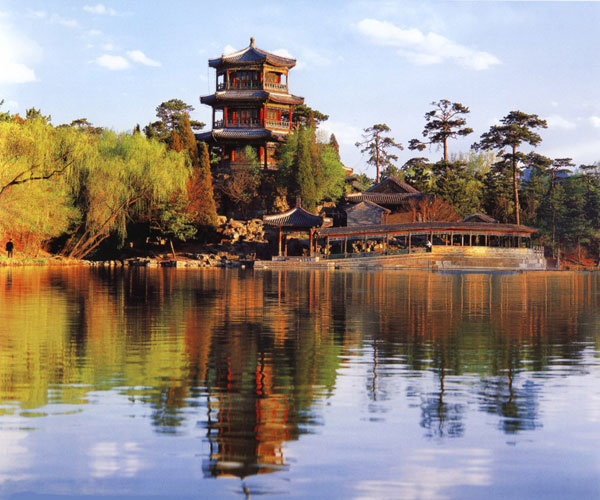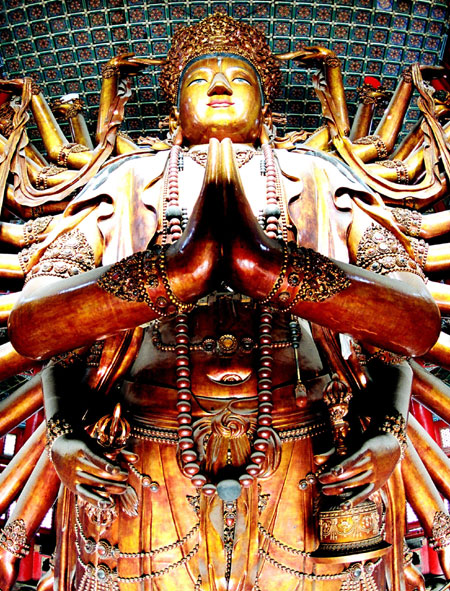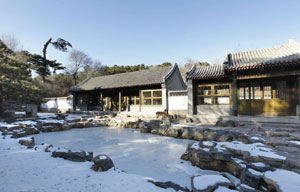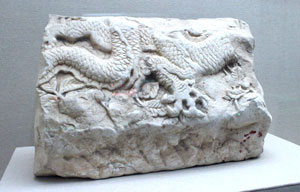Imperial playground

 |
|
Temple of Universal Peace houses one of the biggest gold painted wooden Buddhas in the world, the Guanshiyin Bodhisattva with one thousand arms and one thousand eyes. |

The Great Wall was originally built as early as the Spring and Autumn Period (770-476 BC) to keep barbarians out but for many foreigners, psychologically at least, it also keeps us penned in when taking weekend trips. That's a pity because there is an historic gem of a city, Chengde, a picturesque 250 kilometer journey north From Beijing in Hebei province. It was chosen by Qing Dynasty (1644-1911) emperors for its strategic location and its natural air-conditioning as their escape from Beijing's oven-like summers.
This UNESCO World Heritage site boasts breathtaking terrain, a vast imperial summer resort and a plethora of picturesque temples. And perhaps best of all, its air is not merely cooler, but much cleaner than in the urban centers.
Chengde's Mountain Resort, the imperial summer resort, took most of the 18th century to build and spans the reigns of the Qing Dynasty emperors Kangxi, Yongzheng, and Qianlong. Dwarfing Beijing's Summer Palace, it is China's finest existing example of a temple complex and imperial garden.
The area was said to be discovered by the Kangxi emperor while hunting on the grasslands. For many Qing Dynasty rulers, Chengde was the seat of government for half the year and the second most powerful city after Beijing.
The Mountain Resort consists of the palace area and various pleasure areas. Imagine a vast area of varied architectural styles blending in utmost harmony into a landscape of forests, grasslands and lakes.
The palace area consists of four groups of buildings. They are constructed of black bricks and gray tiles in the simple traditional Chinese style, but with an obvious touch of imperial solemnity.
There are eight lakes in the garden and the lake area is laid out in accordance with traditional Chinese garden design. There are also eight small islands dotted with buildings, many of which are imitations of houses found south of the Yangtze River.
Further afield there are the Outlying Temples that were built to appease ethnic groups such as Mongolians and Tibetans, and to strengthen the imperial administration of the border regions. They consist of 12 lamaseries built in Han, Tibetan or a hybrid style. These ornate, majestic temples are in sharp contrast to the simple design of the palace area. The temples were mainly used by the ethnic representatives to hold audiences with the emperor.
|
|
|
|
Heritage through lenses:Mountain Resort and its Outlying Temples,Chengde |


















